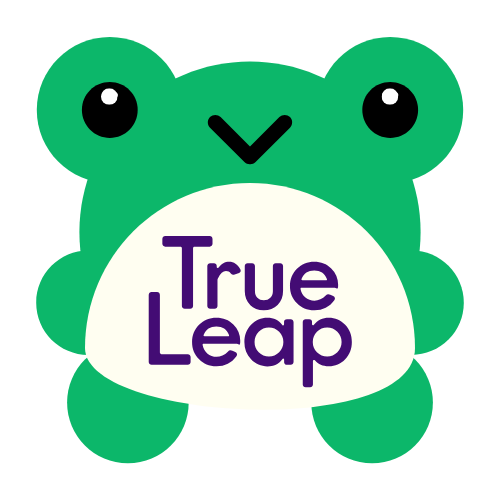AI, VR, and interactive tools are making significant strides in revolutionizing education by offering more immersive, personalized, and engaging learning experiences. Here’s how each of these technologies is contributing to the transformation of education:
1.Artificial Intelligence (AI) in Education AI has the potential to significantly enhance learning by offering personalized experiences and streamlining administrative tasks. Some key ways AI is being used in education include:
Personalized Learning: AI-powered platforms can analyze students’ learning behaviors and adapt content to their needs. For instance, platforms like Khan Academy use AI to personalize lessons and assessments, helping learners progress at their own pace.
Intelligent Tutoring Systems: AI tutors, like Duolingo for language learning or Socratic by Google, provide students with real-time feedback and guidance, helping them understand concepts that might be difficult in traditional settings.
- Virtual Reality (VR) in Education
Virtual Reality offers a transformative way to immerse students in different environments, creating experiences that are often impossible or impractical in the real world.
Immersive Learning Experiences: VR allows students to explore historical events, science concepts, and even distant planets in ways that textbooks or videos can’t replicate. For example, Labster offers virtual science labs where students can conduct experiments that would otherwise be too costly or dangerous.
Virtual Field Trips: With VR, students can travel the world without leaving the classroom. They can visit the Louvre in Paris or explore the Great Wall of China, all through immersive experiences that enhance their understanding of geography and history.
3.Interactive Tools in Education
Interactive tools have reshaped the way teachers and students interact, making learning more dynamic and hands-on.
Gamification: Tools like Kahoot! and Quizizz incorporate game mechanics to make learning fun and engaging. These platforms allow students to compete in quizzes and challenges, encouraging active participation and reinforcing key concepts.
Collaborative Learning: Interactive platforms like Google Classroom or Padlet allow students to collaborate on projects, share resources, and communicate in real time. This promotes teamwork and critical thinking skills.

